





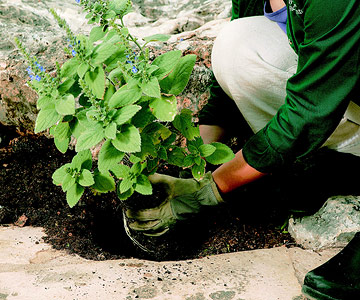
While you enjoy your perennials for their fantastic foliage or beautiful blooms, it is really the roots you're buying -- because the roots allow the plants to come back every year. Use these tips to make sure your perennials get off to the right start.
Container-grown perennials are easy to plant and commonly available. Start by digging a hole that's a little wider but no deeper than the pot your new perennial came in. Loosen the roots and spread them out if the plant has become rootbound (when the roots start to grow in circles around the edge of the pot). Then firm the soil in around the roots and water well.
Learn more about growing perfect perennials.
continue reading below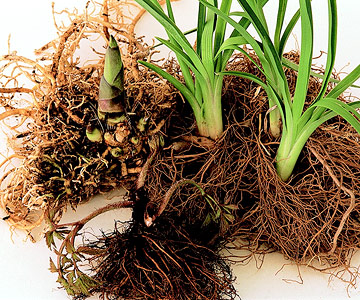
Bare-root perennials are typically less expensive than container-grown versions of the same plant. They're usually available in early spring and are sold as their name suggests -- just the plant roots, usually packed in peat moss or a similar material. Soak the roots in water, before planting them in the ground.
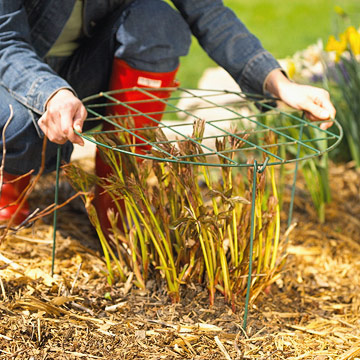
Water your perennials well after you plant them. Then lay a 2- to 3-inch-deep layer of mulch over the soil around your new plants. The mulch will help the soil hold moisture and prevent weeds from growing.
Give taller perennials such as delphiniums, hollyhocks, and peonies support by staking them. Anchor single stems by inserting a rod or sturdy stick into the ground and tying the stem to it. Keep clump-forming plants with multiple stems standing by growing them through a hoop (as shown here).
Regularly deadhead and divide your perennials to keep them healthy and looking beautiful.
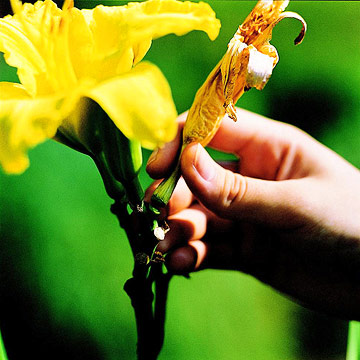
Deadheading simply means cutting the faded flowers off your plants. It makes your plants look better and it prevents them from setting seed so you don't have a mess of coneflowers, phlox, columbine, or heliopsis seedlings popping up in your garden.
Happily, many perennials respond to deadheading by putting out more blooms. Examples of rebloomers include threadleaf coreopsis, delphinium, phlox, veronica, and yarrow.
Learn more about deadheading.
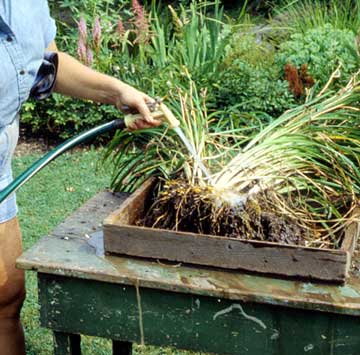
One of the best things about perennials is that they grow bigger and better each year. But many will start to crowd themselves out if they get too big. Keep them performing well by digging them out of the ground and splitting them into smaller chunks every three or four years.
Early spring and fall are the best times to divide most perennials. A couple of exceptions include bearded iris and hosta; split these perennials in summer.
Learn more about dividing perennials.
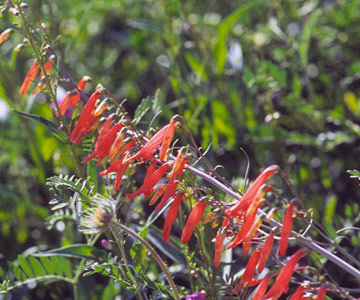
There's no one-size fits all rule for watering perennials. Some varieties stand up to drought and others need to be kept moist all the time.
Keep your plants healthier and make watering a breeze by grouping plants by their water needs. Moisture-loving perennials include lysimachia, cardinal flower, perennial hibiscus, astilbe, marsh marigold, turtlehead, and pitcher plant. Perennials that do better in dry soil include lamb's ears, lavender, yarrow, salvias, thyme, penstemon, and purple coneflower.
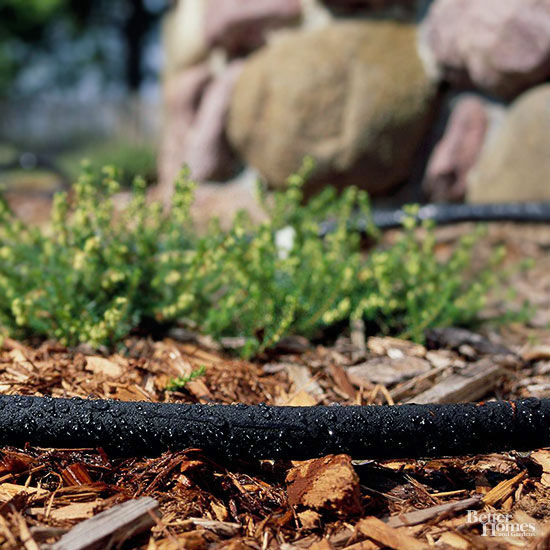
Some perennials are prone to a common disease called powdery mildew. It creates a gray or white fuzzy growth on the leaves. To keep this, and many other fungal diseases at bay, water perennials in the morning or early afternoon hours and use a soaker hose (shown here at the right) instead of a sprinkler. You often see powdery mildew on asters, bee balm, black-eyed Susan, columbine, coreopsis, phlox, and salvias.
Test Garden Tip: No matter what perennials you're growing be sure to keep them well watered the first year. That allows them to become well established.
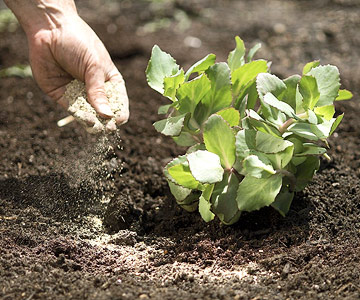
If you have rich soil or amend it with compost or other forms of organic matter on a regular basis, you probably won't need to feed your plants. But if you're cursed with poor soil, fertilizing can be helpful.
In most cases, all you need is a general-purpose garden fertilizer. Be sure to follow the directions on the packaging.
You might be tempted to use more fertilizer than is recommended, but you can have too much of a good thing. Overfertilization may make your plants flower less, suffer root injury, or even kill your perennials.
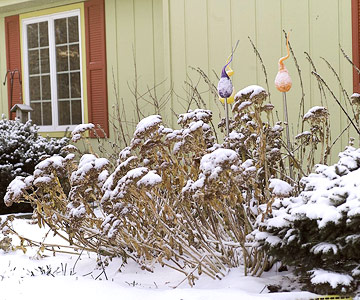
Perennials that are reliably cold hardy in your region shouldn't need any special winter care. But spreading a layer of mulch over them after the soil freezes can help prevent winter damage during an especially cold season.
Many gardeners like to leave the dead stems of their perennials standing all winter as many (including purple coneflower and black-eyed Susan) provide food for birds. In snowy areas, perennials can help to catch snow, which is among the best winter mulches.
Copyright © www.100flowers.win Botanic Garden All Rights Reserved